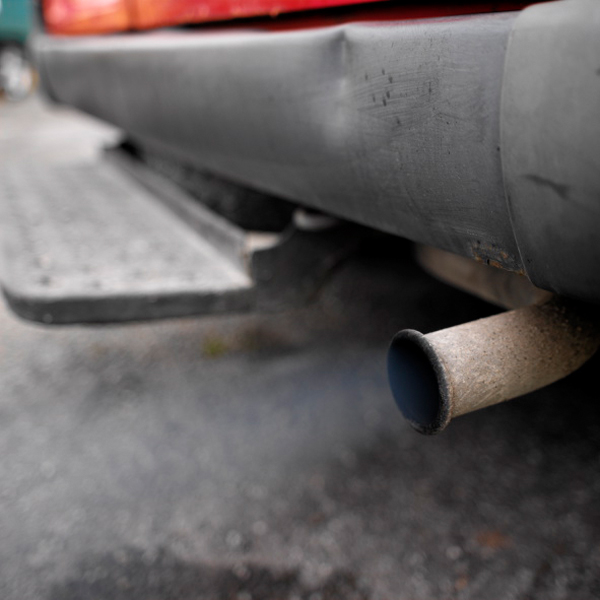 Southeastern Wisconsin has an air quality problem that requires a multi-faceted approach to solve. In order to achieve the 1-hour air quality standard, the DNR has developed a plan (State Implementation Plan) that requires a 24% reduction in HC emissions in the Milwaukee area. The IM program contributes about 1/4th of that 24%. So far, no other control strategies have been found that could replace the IM test.
Southeastern Wisconsin has an air quality problem that requires a multi-faceted approach to solve. In order to achieve the 1-hour air quality standard, the DNR has developed a plan (State Implementation Plan) that requires a 24% reduction in HC emissions in the Milwaukee area. The IM program contributes about 1/4th of that 24%. So far, no other control strategies have been found that could replace the IM test.
Motor vehicle emission control measures are a major part of the national plan to control air pollution in our urban areas. The following information details what role motor vehicles play in the ambient pollution levels and how vehicle inspection programs help reduce in-use automobile emissions:
- Nationally, the air quality levels are the best on record since 1970. The air quality improvement is happening while the U.S. population increased 29%, the gross domestic product increased 104% and vehicle miles traveled increased 121%. However, despite the progress, air pollution remains a major public health issue. Millions of Americans still live in areas that do not meet minimal air quality standards.
- While current cars are almost 97% cleaner than 1970 models, emissions from motor vehicles contribute a large portion of our air pollution. Mobile sources contribute more than ½ of the nitrogen oxides inventory; 42% of the volatile organic compounds inventory; and 80% of the carbon monoxide emissions.
- One of the major challenges is that there are more cars on the road today than ever before and they are being driven more miles each year. Vehicle Miles Traveled (VMT) almost tripled from 1.1 trillion to 2.8 trillion miles between 1970 and 2001. According to USEPA modeling, if we simply hold steady with emissions control programs in place today, in the year 2005, emissions will begin to rise again as VMT increases.
- Another major challenge is the problem of in-use deterioration. While all new vehicles must be designed to meet emission standards, actual in-use performance is not as good. Too often, broken or malfunctioning parts or simply lack of proper maintenance or repair results in vehicle emission significantly above the standards.
- We still need inspection and maintenance programs to help us identify the cars that do have emissions problems. These programs identify vehicles that are the gross polluters, and require repairs that ultimately reduce the harmful pollutants that come from the vehicle tailpipes